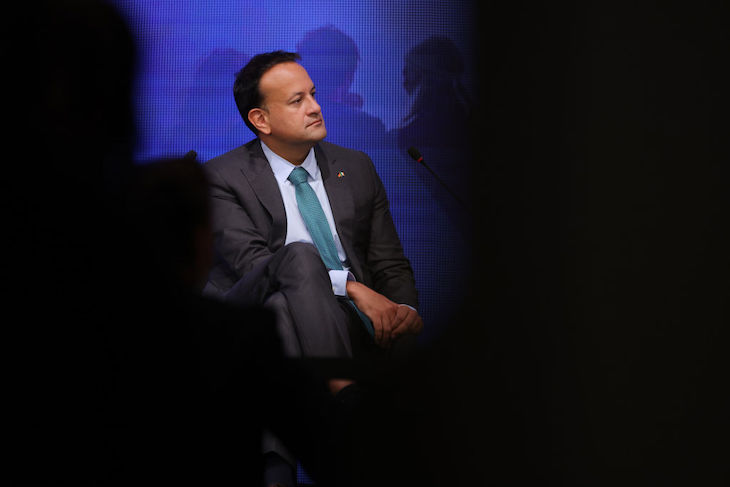Leo Varadkar, who resigned yesterday, has certainly earned his place in the history of Anglo-Irish relations as one of the most consequential taoiseachs of all time. His role in Anglo-Irish relations was defined by Brexit, and Ireland’s remarkable role in shaping its outcome. The marked contrast with John Bruton – a previous Fine Gael taoiseach of the 1990s, who died last month – could not be greater. Bruton
Already a subscriber? Log in
Subscribe for just $2 a week
Try a month of The Spectator Australia absolutely free and without commitment. Not only that but – if you choose to continue – you’ll pay just $2 a week for your first year.
- Unlimited access to spectator.com.au and app
- The weekly edition on the Spectator Australia app
- Spectator podcasts and newsletters
- Full access to spectator.co.uk
Or




















Comments
Don't miss out
Join the conversation with other Spectator Australia readers. Subscribe to leave a comment.
SUBSCRIBEAlready a subscriber? Log in